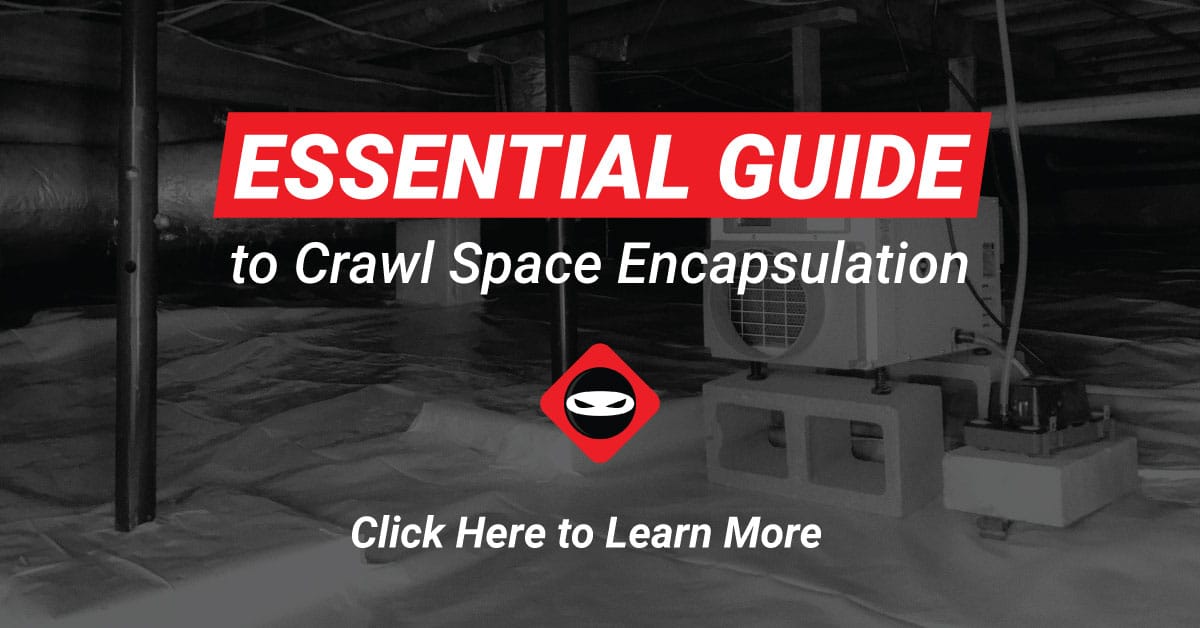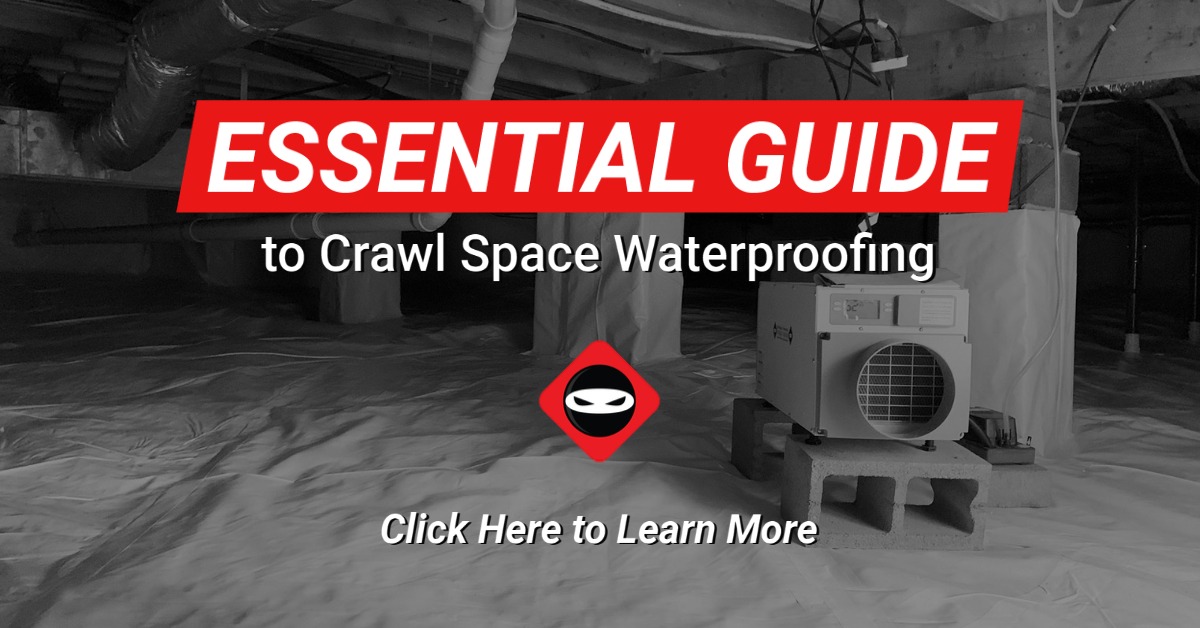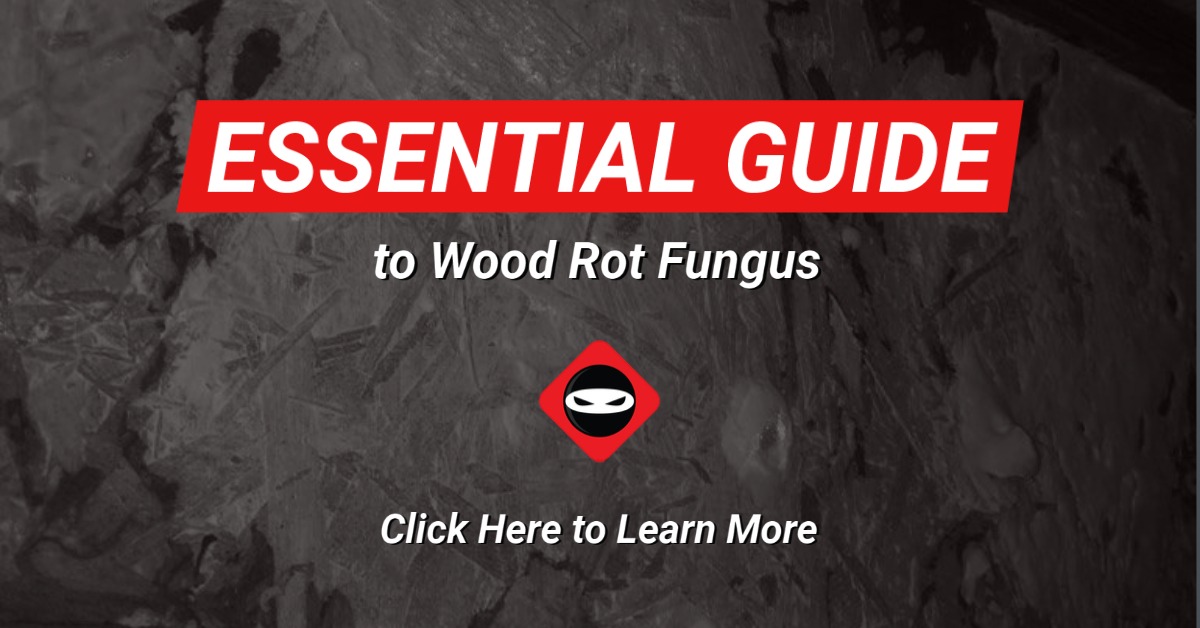Today we will be answering the question, “Is 6 Mil Plastic Good for Crawl Space?”
My professional opinion as a crawl space encapsulation and waterproofing professional is, No! 6 mil plastic is not a good option for a crawl space.
Can 6 mil plastic meet building code? Yes, but for several reasons, it is not a great choice for your crawl space.
Why is 6-mil Vapor Barrier Not Recommended?
For starters, 6 mil is too thin. Durability is going to be a major concern in a crawl space.
6-mil Plastic Doesn’t Hold Up
If a home is built with a crawl space foundation, it is likely to have HVAC duct work, plumbing, electrical, and other cable wires running through it. This makes for a high-traffic area for a variety of contractors. The future maintenance of these items or any home renovations down the road could damage the 6-mil plastic vapor barrier.
Ready to find out more?
Drop us a line today for a quote!
Click HereWill Thin Plastic Tear or Shift in Low Crawl Spaces?
Since most crawl spaces are low to the ground it makes maneuvering in the space difficult. Using a thin 6 mil plastic may be friendly on the budget, but it will not withstand the test of time.
Thin Plastic Will Meet Code but Does Not Eliminate Moisture
Many thin vapor barriers we see installed are not overlapped and taped per building code which allows for high humidity.
What are 6-mil Plastics Made of?
From what I have seen, many 6 mil plastics are made from recycled materials. Recyclables have their place, but not when it comes to your crawl space vapor barrier.
Low Grade Plastics Degrade in Crawl Spaces Over Time
Even without a lot of wear and tear from traffic, recycled 6 mil plastic will break down and quickly deteriorate in a crawl space. I have seen it so badly decomposed the pieces had to be raked up in order to remove it.
A 6 mil plastic is an inferior product to use as a vapor retarder and I also do not find it aesthetically pleasing to the eye. I have only seen 6 mil plastic available in clear or black, neither of which make for a beautiful crawl space encapsulation.
Choose a High Grade White Vapor Barrier Plastic from a Professional Source
Instead, I recommend using a high-quality, white vapor barrier to help keep the crawl space dry and clean for years to come. Likely, a quality plastic like I described cannot be found in your local box store, but Crawl Space Ninja can certainly help!
Schedule a Consult with a Crawl Space Ninja Professional
Do you need help with crawl space encapsulation in Alabama, Georgia, Delaware, North Carolina, Tennessee, Kentucky, or South Carolina? If so, please contact us to schedule your assessment. Also, let us know in the comments below if you’d like to suggest a future blog post.
Contact us if you need help fixing your crawl space, basement, or yard drainage by clicking here.
Become a Crawl Space Ninja Owner
Learn about Crawl Space Ninja Franchise opportunities.
Work on Your Own Crawl Space!
Perhaps you’d like to tackle your own crawl space repair. Visit our DIY Store.



Other Recommended Articles
Here are 3 more crawl space insulation articles to help improve your homes energy efficiency.
Odors
4 Places to Look for Odor Sources
Read morePlastic
Benefits of Crawl Space Vapor Barrier
Read moreInsulation
Is Crawl Space Insulation Needed?
Read more

7 thoughts on “Is 6 Mil Plastic Good for Crawl Space?”
Great information, Leanne. Here in the NW Atlanta area, we see plenty of rake-able vapor barrier as well as debris and damage from other service people working in the crawl space. Our white 12-mil vapor barrier also brightens the space, making it easier to see down there. – Lucie Woolery, Crawl Space Ninja of Smyrna GA
Great information Leanne! Thank you for sharing!
Thank you for the information Leanne! You bring up some great points along with the information to back it up. Thank you!
We watched the videos on youtube, loved them. Thank you! We have an issue with our crawl space. We put new sub floor in about 3 years ago in kitchen, dinning, laundry areas. We used advantech. The other sub floors are plywood of about 30 years old. We have dampness. The new lvp we put in older sub floor areas is separating. We are in process of weatherproofing crawl space as we watched you do. Plan to add dehumidifier underneath after doing so.
We are in NE Alabama.
Would you recommend putting a dehumidifier in our living area of the house in the meantime and then use one in crawl space after? Or wait add it after all work is done in crawl space. Our house is damp. We will do the work ourself to be budget friendlier.
Please help.
Hi Tret, great question and thank you for watching our YouTube channel and reading our articles. We put the crawl space dehumidifier in as soon as possible. It normally runs non stop until the project is complete but it is a good way to lower humidity in the crawl space which should also address moisture in the living space too. That is if the dehumidifier is properly sized to handle lots of high humidity. I’d also leave the old vapor barrier down until you are ready to install the new one. Hope that helps.
1. we’ve currently got 6 mil VB that is over lapped but not taped. The 6 mil is old, developing wearing. Can i just put new 12 mil over the old & tape?
2. our crawl space has sealed vents but air gets in between the sill plate & foundation. Should there be a layer of caulk to minimize air flow?
Thank you
Hi Leo, I caution people about installing new plastic over old because it can create some major odor problems. We always remove old plastic and debris before installing new. The sill plate seal is a great idea just check with your pest control company to ensure it doesn’t void any of their warranties. Hope that helps.